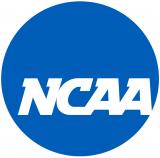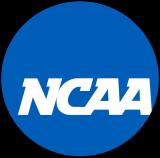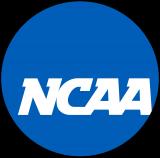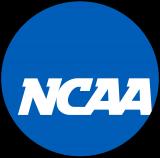Folders |
NCAA Division 1 Council Votes to Provide Scholarship Relief, Extend Eligibility for Spring Sport Student-AthletesPublished by
Council also votes not to extend any relief for winter sport student-athletes who had completed all or part of their regular seasons, but had national championship events canceled; Eligibility clock extends for spring sport student-athletes who decide to return in 2020-21 school year By Erik Boal, DyeStat Editor The NCAA Division 1 Council voted Monday to allow member schools to grant eligibility relief for student-athletes competing in spring sports, including an extension of their clock of completing four seasons in a five-year period, as a result of the Coronavirus (COVID-19) global pandemic that canceled all winter championship events in addition to the entire spring sports calendar and its championships. Winter sport student-athletes were not included in the Council’s decision, as those individuals who had their regular seasons completed or nearly concluded weren’t extended any eligibility relief. Indoor track and field is among the winter sports affected, along with men’s basketball, women’s basketball, ice hockey, rifle, women’s bowling, fencing, gymnastics, skiing, men’s wrestling and swimming and diving. The Council also voted to allow teams to relax financial aid rules when it comes to scholarship allowance in an effort to compensate for both incoming student-athletes, as well as student-athletes who would have been in their final season of eligibility and have decided to stay an additional year.
As a result, schools will have the option to match the financial aid they provided student-athletes in spring sports this year, offer less support or none at all. NCAA rules had previously prohibited Power Five Conference schools or institutions outside the Power Five Conferences that also offer multi-year scholarships the ability to create a reduction in the financial aid a student-athlete receives from one year to the next. The decisions will be on a case-by-case basis for each student-athlete and each school. That relief would only apply to spring sport student-athletes who would have had their final season of eligibility exhausted this year. Schools have been granted the option of using the NCAA’s Student Assistance Fund to provide compensation for spring sport student-athletes who choose to extend their eligibility into the 2020-21 school year. The Student Assistance Fund is usually geared toward providing student-athletes relief for a significant need that can’t be afforded and had previously prohibited money to be used for scholarships, but the Council agreed the NCAA would amend its rule to assist seniors only in this specific case. “The Council’s decision gives individual schools the flexibility to make decisions at a campus level,” Division 1 Council chair M. Grace Calhoun, the Director of Athletics and Recreation at the University of Pennsylvania, said in a statement released by the NCAA. “The Board of Governors encouraged conferences and schools to take action in the best interest of student-athletes and their communities, and now schools have the opportunity to do that.” The Council granted schools the ability to extend the eligibility clock for spring sport student-athletes who would have reached the end of their five-year window when the NCAA decided to cancel spring seasons March 12 in outdoor track and field, along with baseball, softball, women’s beach volleyball, women’s rowing, women’s water polo, men’s volleyball, golf, lacrosse and tennis. A statement was released March 13 by the Council’s eight-person leadership group recognizing that eligibility relief was “appropriate” for spring sport student-athletes, but that was before a March 22 article in USA Today calculated that granting seniors an extra year of eligibility would cost Power Five public institutions an additional $500,000 to $900,000 and schools outside the Power Five conferences an extra $400,000, causing Council discussions to become more complicated.
Although the Council’s decision will provide important relief for spring sport student-athletes, schools will have to do so with revised financial support from the NCAA after the presidents of the Division 1 member schools agreed Thursday to distribute $225 million in June with specific emphasis on providing support for student-athletes, although that amount covers approximately 2 to 5 percent of an athletic department’s total operating revenue. However, that figure was originally budgeted at approximately $600 million and scheduled to begin distribution in April, but the figure and timetable were significantly adjusted following the decision to cancel the NCAA Division 1 men’s basketball tournament. The majority of the organization’s annual revenue is gained from television and marketing rights, along with ticket sales. Of the $225 million, $53.6 million is scheduled to be distributed through the Equal Conference Fund, an allowance divided evenly among Division 1 conferences that meet the required academic and athletic standards to participate in the Division 1 men’s basketball tournament. When it comes to funding its own national programs, Division 2 is expected to receive 4.37% of actual revenues, a figure projected to be $13.9 million, or a $30 million decrease from last year. And Division 3 is scheduled to receive 3.18% of actual revenues, a total estimated to be $10.7 million, a projected $22 million decrease from last year according to NCAA reports. More news |










